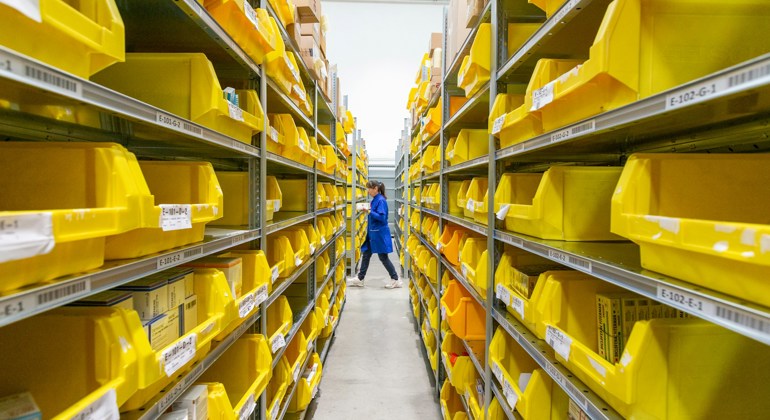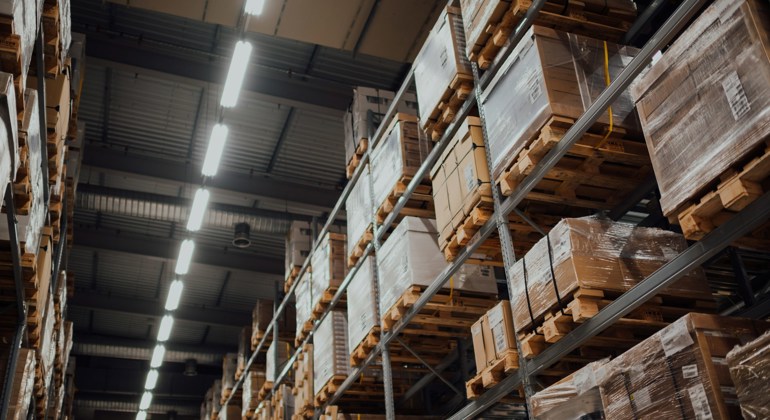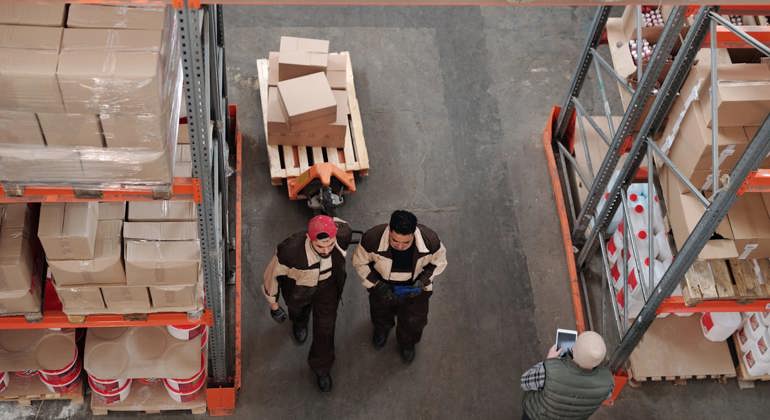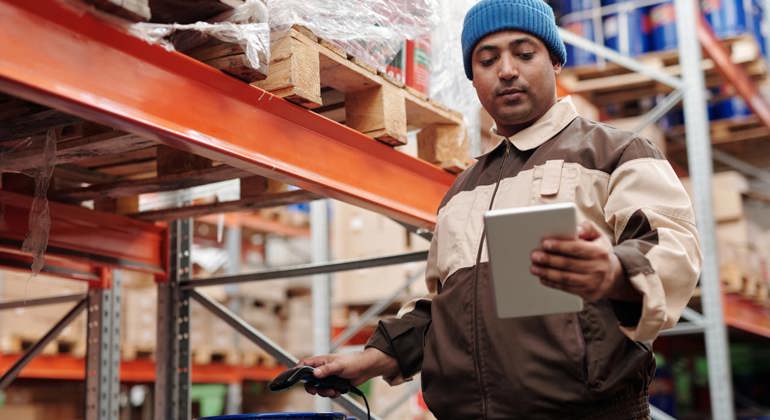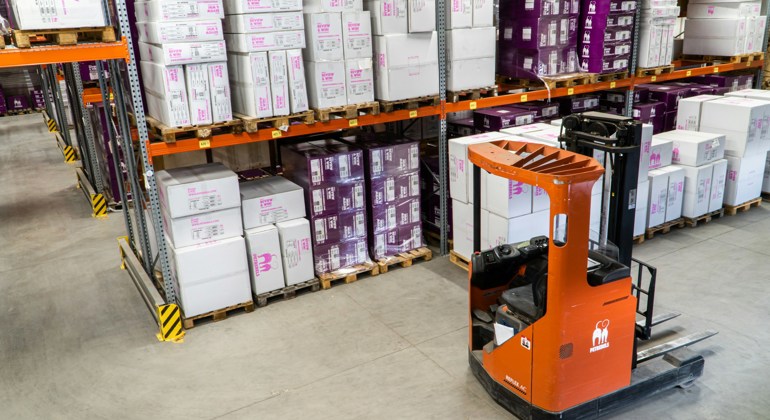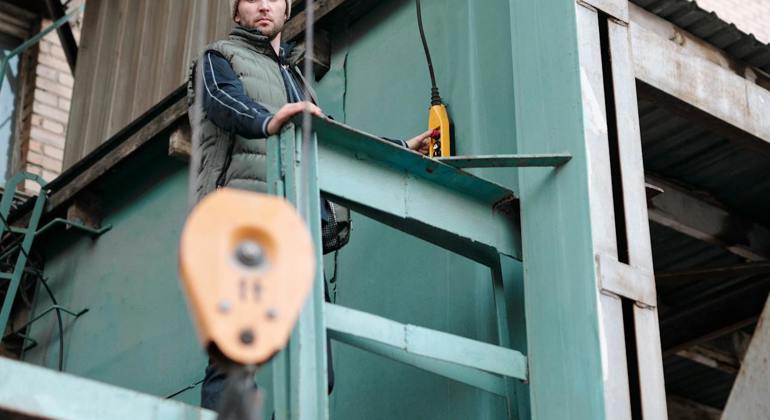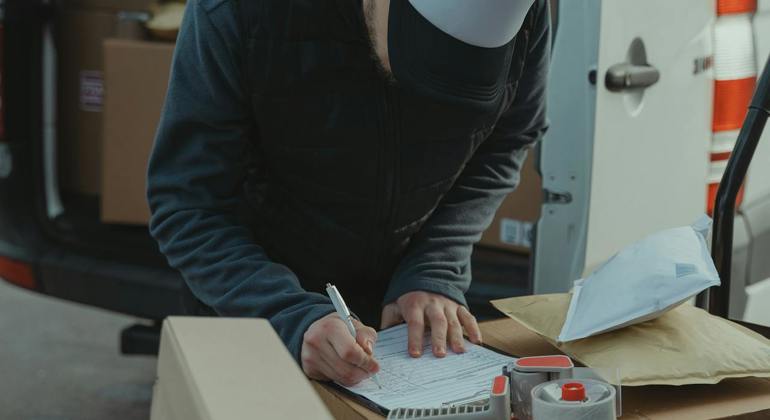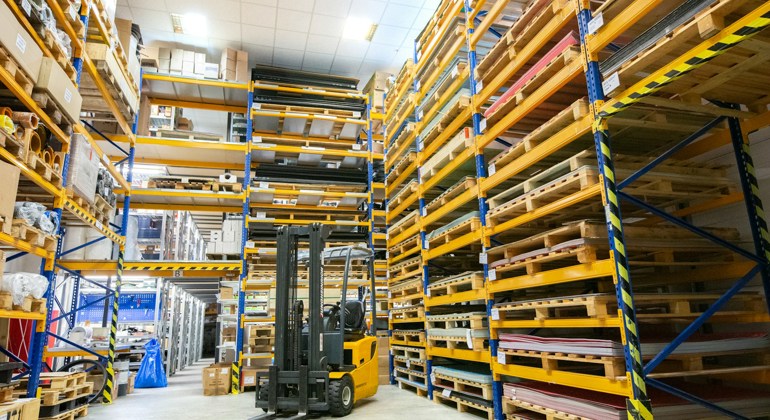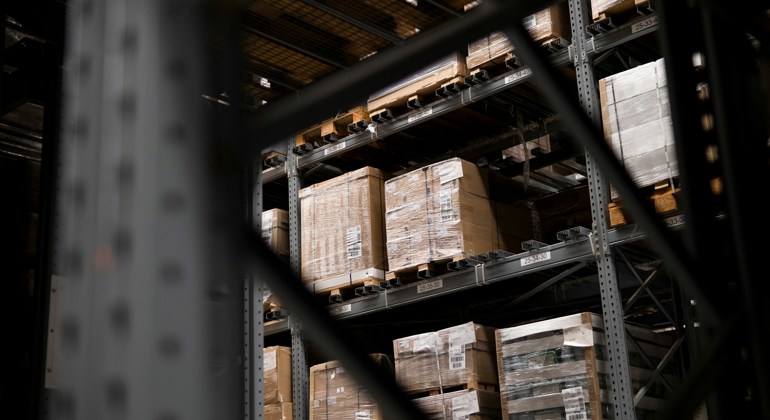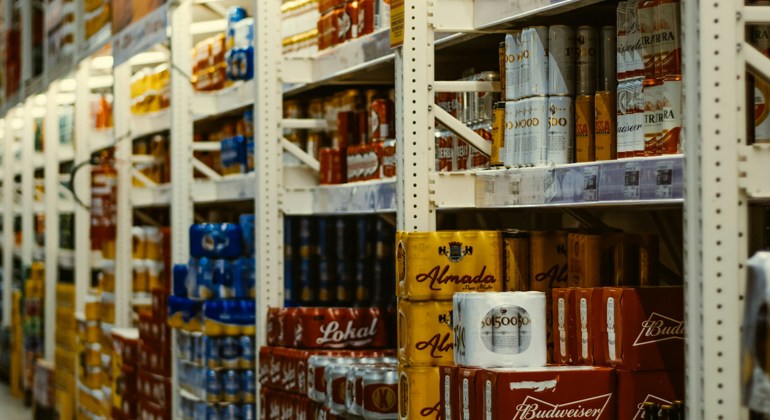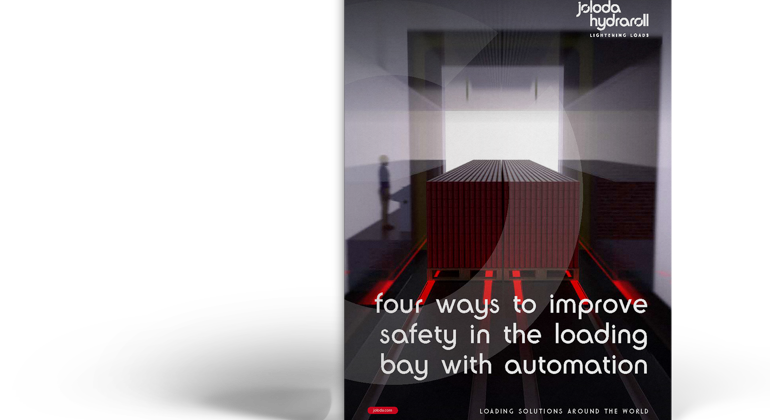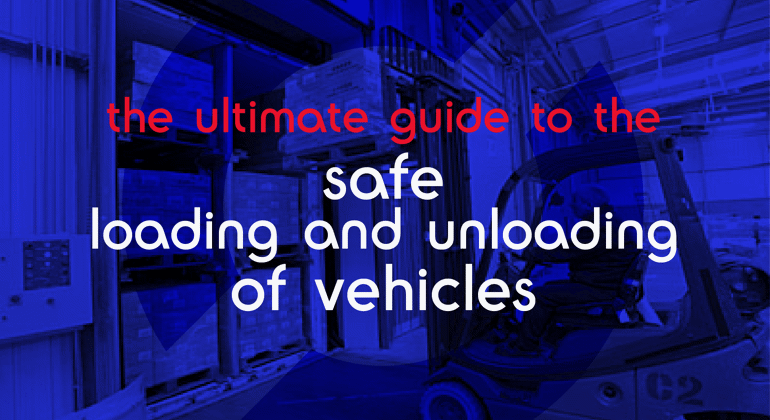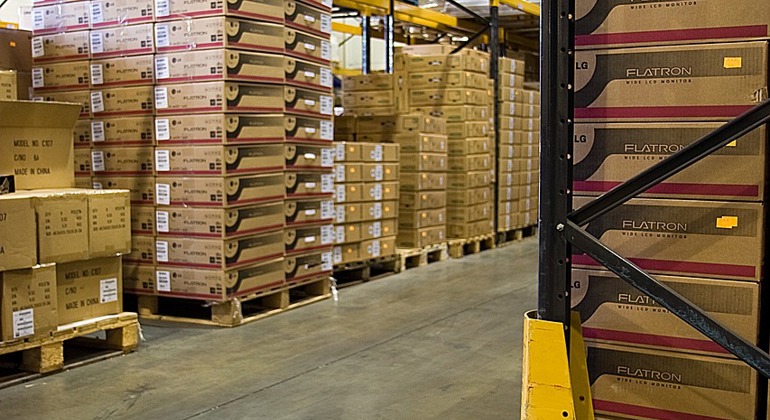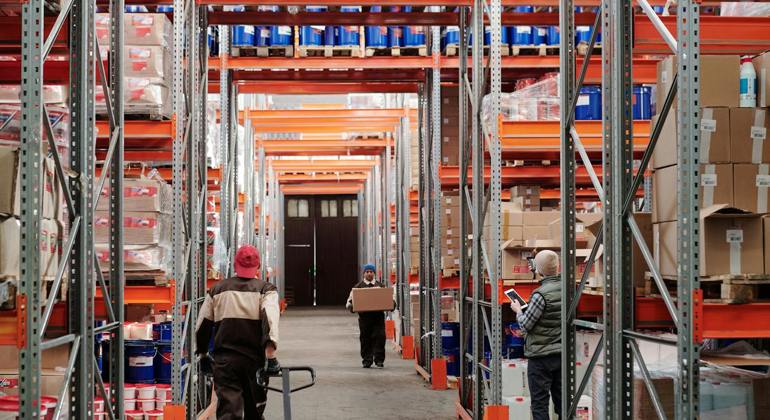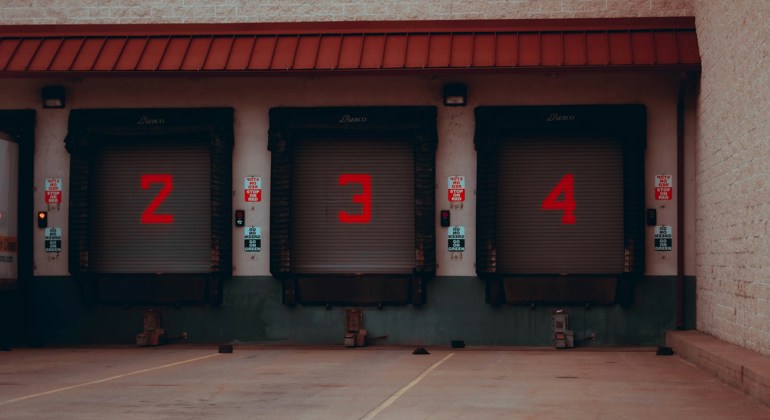Warehousing is a complicated but crucial part of the supply chain. The warehouse entitles a business to store stock until it’s ready for distribution, or, in the case of materials, to store the materials until the manufacturer orders them.
Below is a look at warehousing, taking a deeper look at warehouse management systems (WMS), warehouse storage solutions, warehouse picking, warehouse technology, things to consider when warehousing, warehouse logistics, and warehouse health and safety. We’ll also discuss one of our own warehouse solutions, the Modular Rollerbed for Warehouses, which can help operators boost efficiency when it comes to loading and unloading trailers and to transporting loads around the warehouse.
Book a FREE Loading Assessment
Learn how to make the loading process safer and more efficient with a no-obligation assessment...
BOOK NOW


